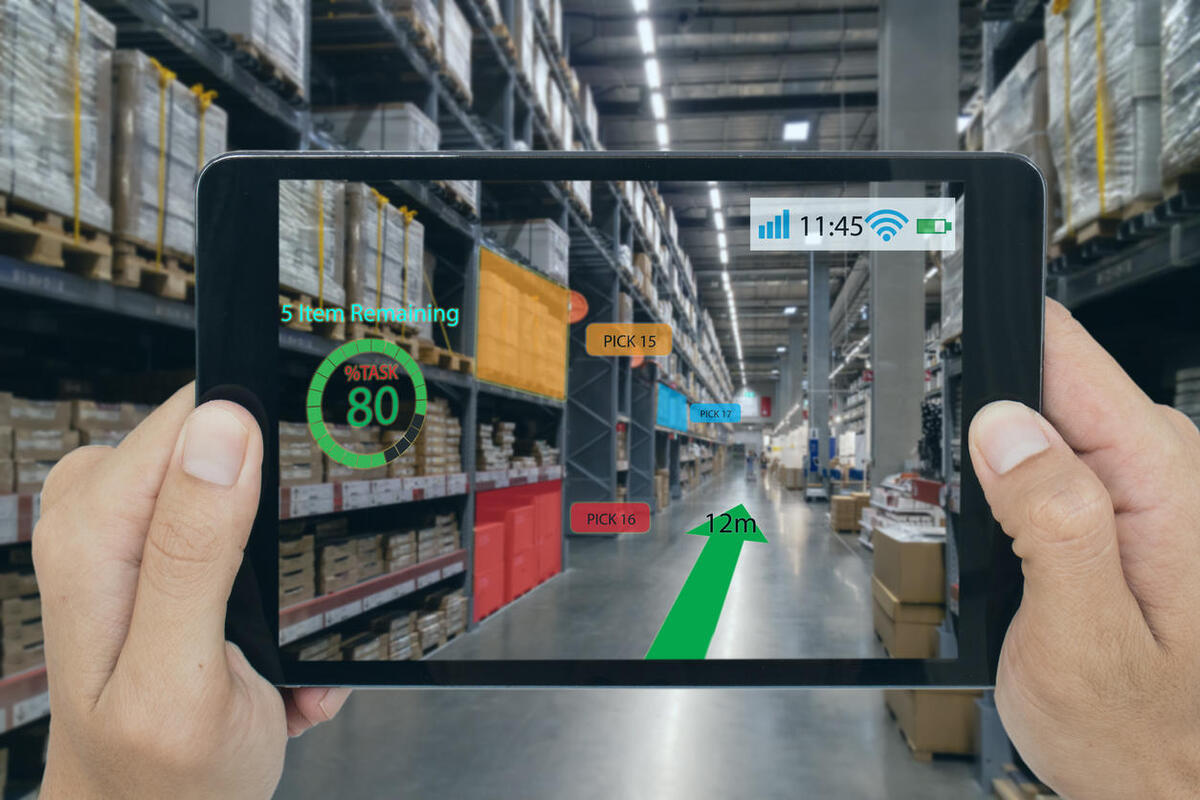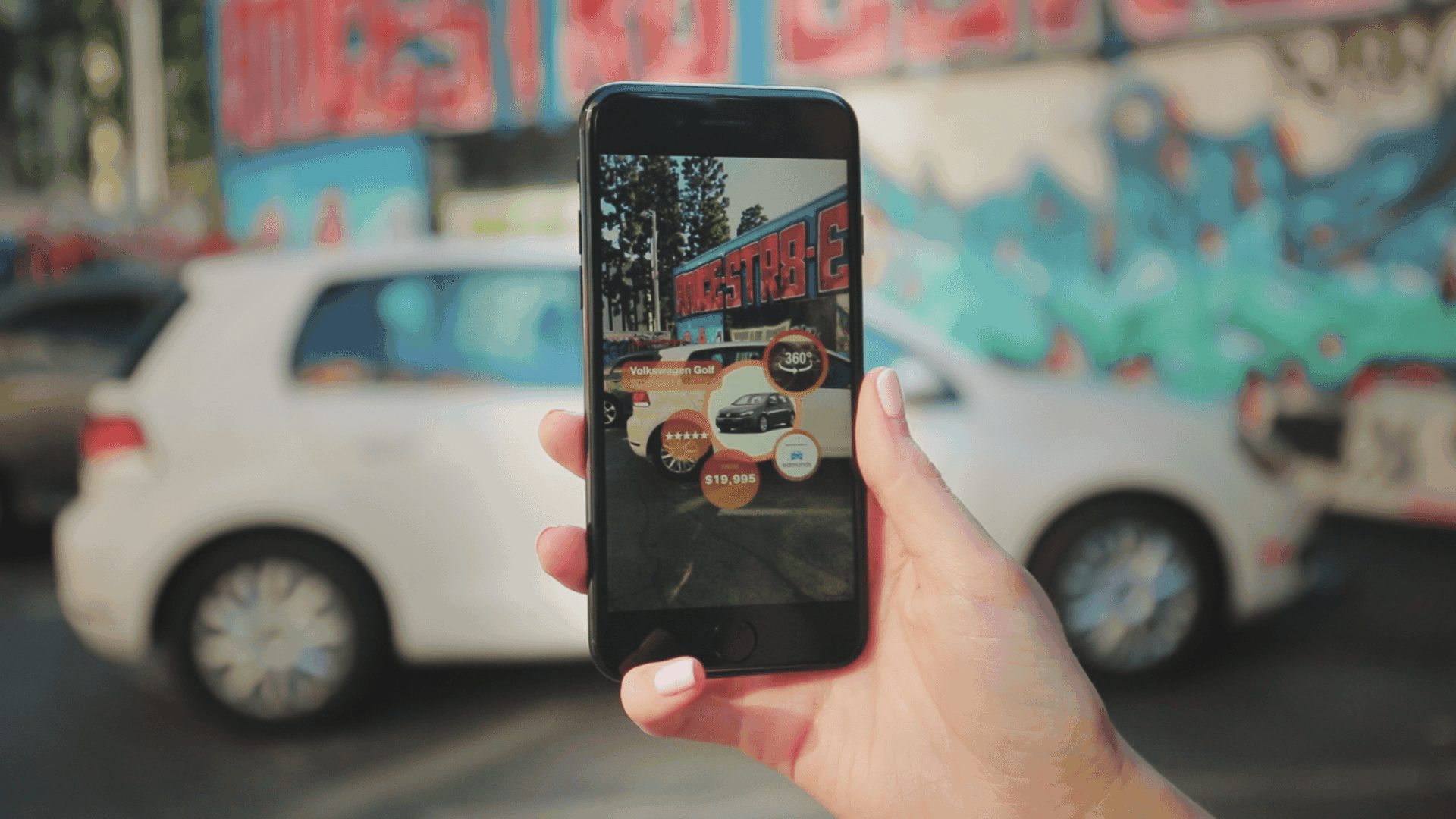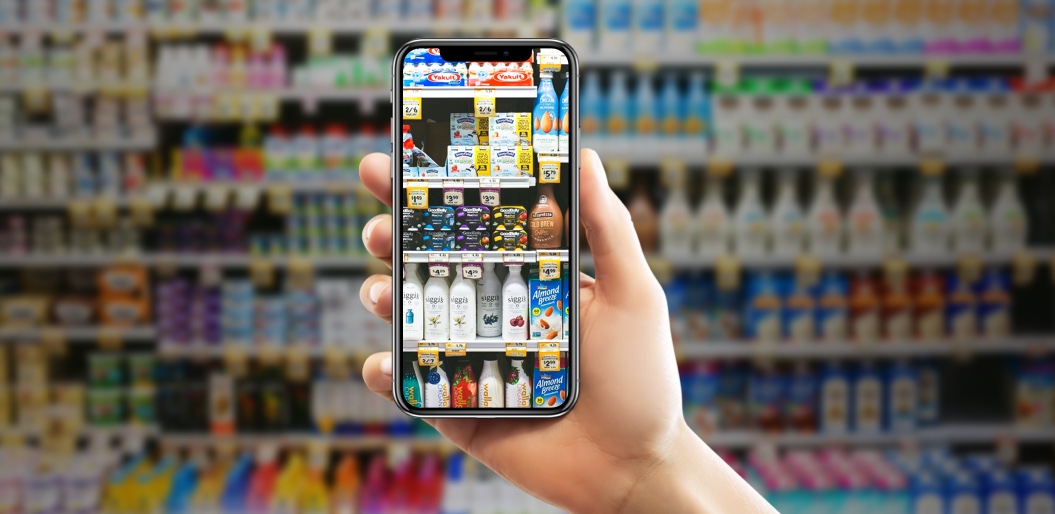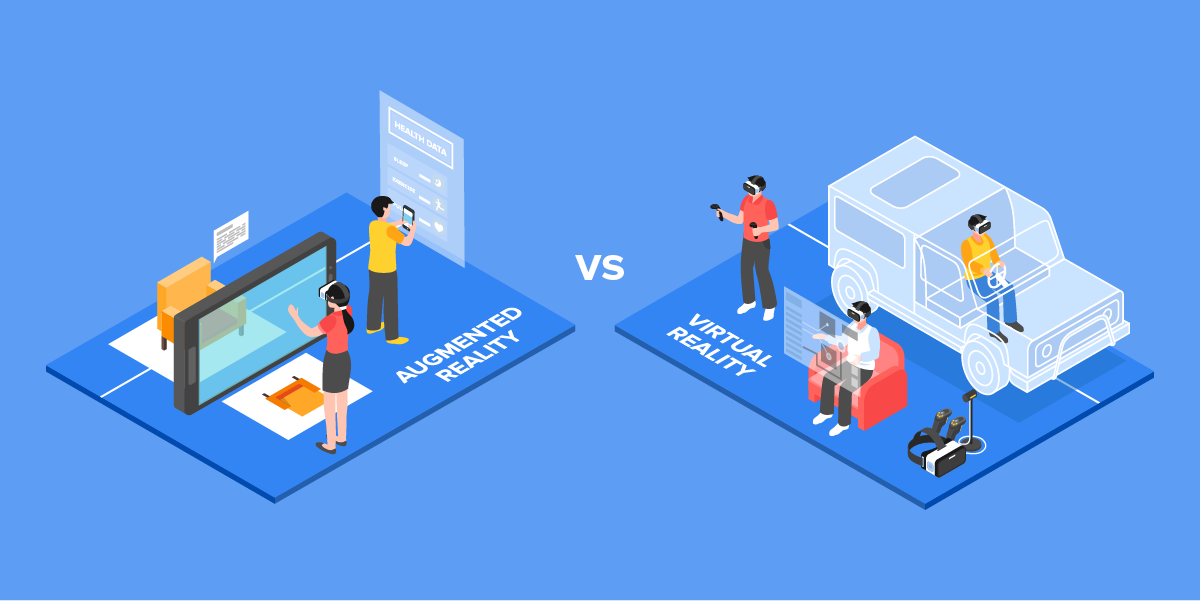Global Forum For Indurstrial Devlopment is SPONSORED BY ICO INDIA
- MP Society Registration (Act. 1973 No. 44) 03/27/01/21857/19 (MSME Forum Established Since-2009)

Augmented reality overlays digital content and information onto the physical world — as if they’re actually there with you, in your own space. AR opens up new ways for your devices to be helpful throughout your day by letting you experience digital content in the same way you experience the world. It lets you search things visually, simply by pointing your camera at them. It can put answers right where your questions are by overlaying visual, immersive content on top of your real world.

Augmented reality (AR) is an enhanced version of the real physical world that is achieved through the use of digital visual elements, sound, or other sensory stimuli delivered via technology. It is a growing trend among companies involved in mobile computing and business applications in particular.
Amid the rise of data collection and analysis, one of augmented reality’s primary goals is to highlight specific features of the physical world, increase understanding of those features, and derive smart and accessible insight that can be applied to real-world applications. Such big data can help inform companies' decision-making and gain insight into consumer spending habits, among others.
Augmented reality (AR) is one of the biggest technology trends right now, and it’s only going to get bigger as AR ready smartphones and other devices become more accessible around the world. AR let us see the real-life environment right in front of us—trees swaying in the park, dogs chasing balls, kids playing soccer—with a digital augmentation overlaid on it. For example, a pterodactyl might be seen landing in the trees, the dogs could be mingling with their cartoon counterparts, and the kids could be seen kicking past an alien spacecraft on their way to score a goal.
With advances in AR technology, these examples are not that different from what might already be available for your smartphone. Augmented reality is, in fact, readily available and being used in a myriad of ways including as Snapchat lenses, in apps that help you find your car in a crowded parking lot, and in variety of shopping apps that let you try on clothes without even leaving home.
Perhaps the most famous example of AR technology is the mobile app Pokemon Go, which was released in 2016 and quickly became an inescapable sensation. In the game, players locate and capture Pokemon characters that pop up in the real world—on your sidewalk, in a fountain, even in your own bathroom.
Games aside, there are as many uses for AR in our everyday lives as there are Pikachu on the loose in Pokemon GO. Here are just a few examples:

Augmented reality continues to develop and become more pervasive among a wide range of applications. Since its conception, marketers and technology firms have had to battle the perception that augmented reality is little more than a marketing tool. However, there is evidence that consumers are beginning to derive tangible benefits from this functionality and expect it as part of their purchasing process.
For example, some early adopters in the retail sector have developed technologies that are designed to enhance the consumer shopping experience. By incorporating augmented reality into catalog apps, stores let consumers visualize how different products would look like in different environments. For furniture, shoppers point the camera at the appropriate room and the product appears in the foreground.
Elsewhere, augmented reality’s benefits could extend to the healthcare sector, where it could play a much bigger role. One way would be through apps that enable users to see highly detailed, 3D images of different body systems when they hover their mobile device over a target image. For example, augmented reality could be a powerful learning tool for medical professionals throughout their training.
Some experts have long speculated that wearable devices could be a breakthrough for augmented reality. Whereas smartphones and tablets show a tiny portion of the user’s landscape, smart eyewear, for example, may provide a more complete link between real and virtual realms if it develops enough to become mainstream.

Augmented reality uses the existing real-world environment and puts virtual information on top of it to enhance the experience. In contrast, virtual reality immerses users, allowing them to "inhabit" an entirely different environment altogether, notably a virtual one created and rendered by computers. Users may be immersed in an animated scene or an actual location that has been photographed and embedded in a virtual reality app. Through a virtual reality viewer, users can look up, down, or any which way, as if they were actually there.
